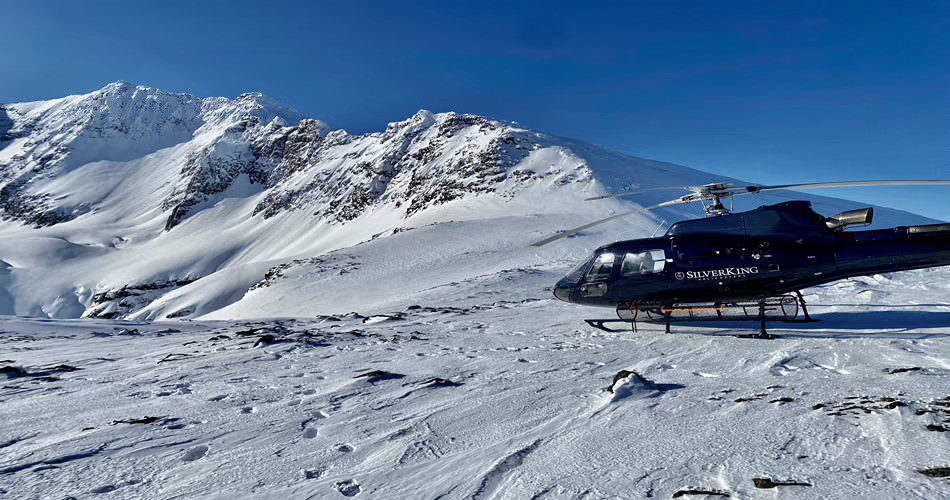With over 20 years of experience in the industry, Meredith Hodder discusses changes and trends in the location scouting business
By Tinder Kiely
Meredith Hodder’s inception into the location scouting business began with the first season of Survivor, when she took a leap of faith and left her job as a Motion Picture Agent with CAA. “I was one of the first people hired, even before there was a Jeff Probst,” recalls Hodder. She went on to work the next 10 seasons of the show and has since scouted on many other impressive projects such as Call of The Wild and The Amazing Race. Additionally, she was the scriptwriter for the 2010 winter Olympic and Paralympic games in Canada.
Hodder is now a part of Whistler Peak Productions. Based in British Columbia, it is a full-service production company that offers assistance with budgeting, casting, location scouting and management, production coordination and work permits.
Can you share a few favorite projects you’ve worked on?
I really enjoyed working on Slumberland [Netflix]. I was part of the not-so-small plate unit that shot in British Columbia. We shot in the high snowy mountains outside of Whistler and along the BC Coast. I loved scouting and finding the locations, but also planning and coordinating getting the crew and gear into the remote spots.
I also loved working on Call of The Wild. We shot the white-water stunt rapid scenes in British Columbia. Finding the river for the scene and then working outside on the river with the stunts team was so incredible.
What is your location specialty?
I specialize in remote locations that are challenging to get to and if they are on snow, even better!

Hodder scouting locations on top of Hudson Bay Mountain in Smithers, British Columbia, Canada
What factors do you consider when scouting a location?
I am always thinking about how we access the location, what are the safety risks and where is everyone going to park. Not that I let them factor into what I scout and don’t scout, but I like to give everyone the full picture of a location, so production can make the decision if the location works both creatively and logistically for the shoot.
What are some of the most important lessons you’ve learned throughout your time working in the industry?
Be kind to everyone, show up early and double-check your work.
Can you walk me through a day in the life as a location scout?
Every day is different, but I like to plan my day of scouting the day before, so my camera batteries and cell phone are charged, and I wake up ready to go out and scout for the day. When I get home, I upload my photos to my computer and start arranging them to upload to the projects shared folder. Once everything is uploaded, I like to send an email with the link for the files from the day with little bullet notes on each location (distance from town, access notes, any location-specific notes i.e. the house is scheduled for a kitchen renovation in 3 months).
How has your profession changed since you started?
So much has changed. When I first started, cell phones were just becoming a thing and digital cameras didn’t exist. I used a paper map and took photos and film.
How has the advancement of technology and the transition from film to digital affected the locations you scout of how they appear on screen?
I feel that digital technology has changed my work so much. I take way more photos of a location, and the best part is you can see if your photos are in focus and have what you need before you even leave the location. You can also edit images to give a more accurate depiction of a location. It has also improved the timeline for feedback from the Director, Production Designer and Location Manager, as you don’t have to set up a meeting to show printed images.
What are you most excited about regarding the future of location scouting?
Better digital location libraries. I have a fellow locations friend who has developed a new way to catalog locations they have scouted, and I am excited to check it out, as I am always looking for the best way to organize all my location files.
What keeps you up at night?
Waiting for location permits to be approved and finalized.
Top photo: Meredith Hodder exploring Knik Glacier with a standup paddleboard, 50 miles east of Anchorage, Alaska.
Download the latest issue of Destination Film here.



